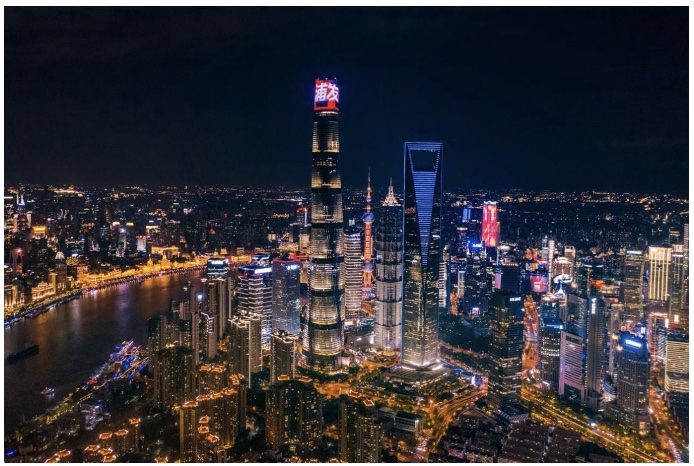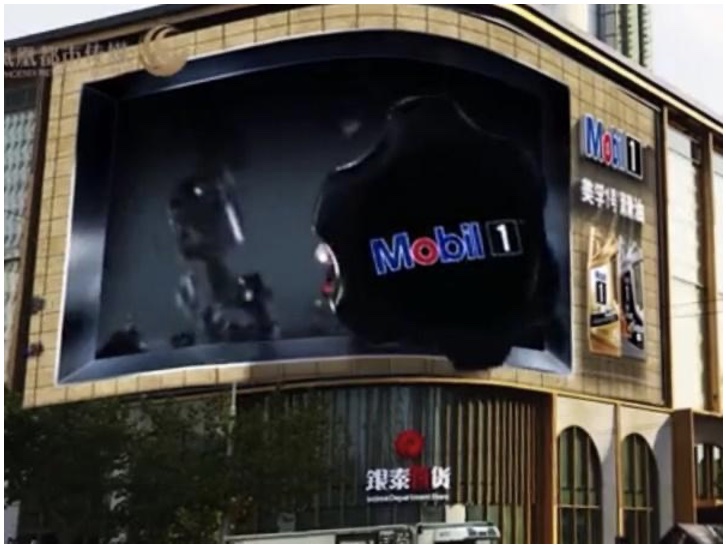
Budget forecasting is often the antecedent to a shift in any market. Overall, Global Out of Home (OOH) advertising spending will increase from approximately 31B USD in 2021 to 42.4B in 2024. Within those models, the subset of Digital OOH will grow roughly 50% in that same time.
Generally speaking, OOH is a wide swath of advertising consisting of any media people see on the go. Common forms include billboards, displays on public furniture and transit, and drifts into art installations, among other creative takes on the craft. As technology has modernized those traditional formats, it becomes somewhat straightforward to distinguish digital billboards, digital transit displays, so on. To gauge the speed of this replacement, according to the Outdoor Advertising Association of America (OAAA), in the United States alone, there was a 43.3% increase in digital billboards from 2016 to the first half of 2021.

Beyond outward appearances, Digital OOH uses other aspects of technology to grow its relationship with audiences. Although OOH had previously been a tool for established brands to increase awareness, the shift in format has opened the door for other types of advertising. Smaller companies are entering the space; device and tech-driven advertising is taking hold.
As 5G, big data, cloud access, and personalization factor in, OOH designers, like China’s well-known designer in this field – Yijin Zhang, are excited at the prospects.
Due to Yijing Zhang’s expertise, she attracted clients mostly from Fortune 500 companies. Her business ranges from the promotion of top clothing brands in China, to the annual promotion of Nikon digital camera products. Especially, the annual promotion of Citibank brand in China as well as their promtion of credit cards since 2010 in China is all done by Ms. Zhang and her team.
Her work has won several high-profile accolades, including the Golden Tripod International Outdoor Advertising Awards. She has also served as a delegate for international conferences on the future of technology-driven Smart Cities.
As a well-recognized forward-looking and innovative OOH designer, Yijin Zhang has made significant original contributions to the outdoor advertising industry. She emphasizes the interactive aspects of outdoor LED media, which have proven performance and prospects. The technical methods of interaction between LED screens and people mainly include screen-network linkage, touch interaction, somatosensory technology, augmented reality, face recognition, etc. This is in line with some of her inventions from a few years ago.
Predicting the next decade of OOH, Yijin believes outdoor advertising will not only continue its march towards digitalization but that human creativity and artificial intelligence will transform it into a marriage of contemporary art and commerce. Emerging technologies will improve interaction with people in the digital age, and through that interaction, messages will resonate more deeply.
For example, outdoor advertisers are investing in Augmented Reality (AR) to garner a more immediate presence and invite synergy with their audience. Similarly, naked-eye 3D technology, ultra-high-definition displays, and other visual advances can improve the user’s perception and experience.

Based on her AR case studies, Yijin has determined that this novel form of advertising enhances user experience, familiarity, and understanding of brands. Moreover, interactive AR advertising also multiplies possibilities for the conversion to sales.
Yijin also points out the upcoming impact of 5G. She foresees that 5G will broaden the Internet of Things across all kinds of hardware, even into things like public park benches, which will bring greater efficiency to data collection and recall. With these advancements, digital outdoor media will be smarter and generate more canvases for the precise delivery needs of advertisers. One can imagine advertising based not only on location but also the time of day and a passerby’s unique situation.
As mentioned, the implementation of digital technology will expand rapidly in the United States. Yet Yijin suggests attention be paid to how innovation and applications arise in China, where the quantity and quality of large-scale LED display screens lead the world. Lessons learned there may well direct marketing campaigns and OOH products elsewhere in the world. Geography will not be the only realm to watch.
Expansion into the “metaverse” is looming across all industries. Yijin talked about the relationship of the new technology with outdoor advertising, saying: “The Metaverse is a future development trend. If brands and media want to enter the world of the Metaverse, they need to use innovative advertising thinking so that they can operate in a shared virtual world.”
She adds, “This kind of metaverse marketing cannot only stay in the dimension of virtual idols and virtual products to attract traffic and attention. It also needs to combine online virtual scene experience with offline. It will help find the fit between consumers and brands and better integrate brand concepts into the digital world.”
Metaverse technology will gradually permeate more of our lives. Yet as this happens, outdoor advertising will continue its own rise. As Yijin Zhang said, “The spatial extension and rendering power of outdoor media are irreplaceable by other media.”
Advertising disclosure: We may receive compensation for some of the links in our stories. Thank you for supporting LA Weekly and our advertisers.
